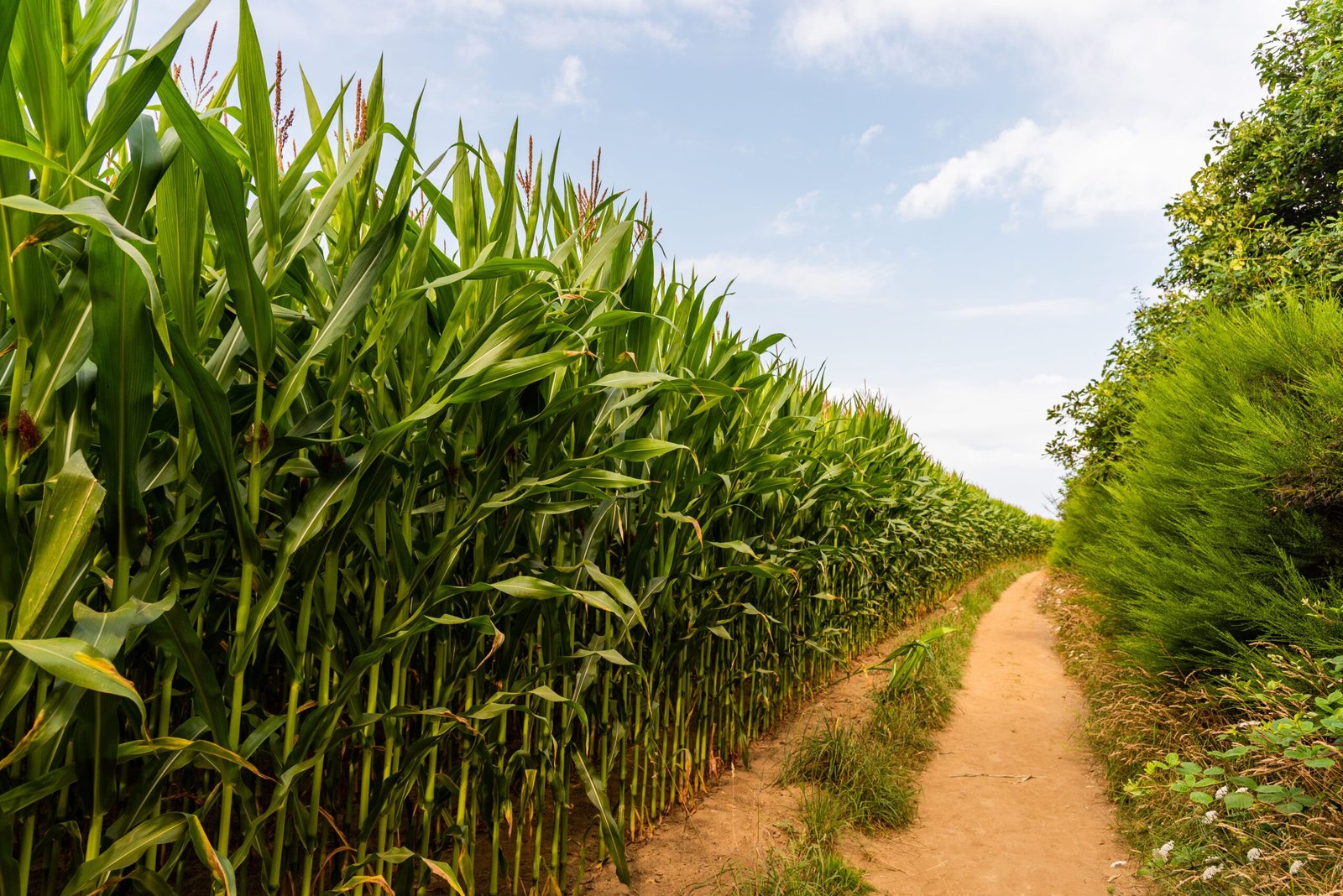Our Blog

Sugarcane farming plays a vital role in supporting global industries such as sugar, ethanol, and bioenergy production. To meet the increasing demand, farmers need to adopt effective practices that maximize yield, quality, and profitability. Here are 10 proven strategies to maximize sugarcane farming while ensuring sustainability.
1. Choose the Right Variety
Selecting a high-yield, disease-resistant sugarcane variety is crucial. Consider varieties suited to your region’s climate and soil conditions, as these will significantly impact growth and productivity.
2. Optimize Soil Preparation
Conduct soil testing to determine pH and nutrient levels. Apply lime or gypsum as needed to balance soil pH. Use organic matter and compost to improve soil health and fertility. Healthy soil is the foundation for a thriving sugarcane crop.
3. Adopt Precision Planting Techniques
Use high-quality seed material and plant them at optimal depths and spacing. Precision planting ensures better germination and uniform crop growth, leading to higher yields.
4. Integrated Nutrient Management
Apply nitrogen, phosphorus, and potassium (NPK) fertilizers based on soil test results. Incorporate micronutrients like zinc and boron to support robust growth. Use biofertilizers and organic manures to enhance nutrient availability naturally.
5. Efficient Irrigation Practices
Implement drip or sprinkler irrigation systems to reduce water wastage and ensure even moisture distribution. Schedule irrigation based on crop growth stages and avoid overwatering to prevent waterlogging.
6. Control Weeds Effectively
Weeds compete with sugarcane for nutrients, water, and sunlight. Adopt an integrated weed management strategy, including:
- Pre- and post-emergent herbicides.
- Manual or mechanical weeding during early growth stages.
7. Implement Pest and Disease Management
Monitor crops regularly to identify early signs of pests like borers and diseases like red rot. Use:
- Biological controls such as beneficial insects.
- Resistant sugarcane varieties.
- Approved pesticides as a last resort.
8. Ratoon Management
Ratoon crops (cane regrowth after the first harvest) can significantly contribute to profitability. To manage ratoons effectively:
- Remove stubble from the previous harvest.
- Apply a nutrient-rich top dressing.
- Irrigate and weed ratoons promptly.
9. Mechanized Farming
Adopt modern farming equipment for plowing, planting, and harvesting. Mechanization reduces labor costs, improves efficiency, and ensures timely farming operations.
10. Sustainable Practices
Rotate sugarcane with legumes to improve soil health. Use crop residues for mulching or bioenergy production. Incorporate agroforestry practices to enhance biodiversity on the farm.
Conclusion
Maximizing sugarcane farming requires a blend of modern techniques and traditional knowledge. By adopting these 10 strategies, farmers can boost yields, enhance crop quality, and ensure long-term sustainability. Investing in innovative farming practices today will lead to a brighter and more productive future for sugarcane cultivation.
Optimize your sugarcane farm, and watch it flourish with abundant growth and profitability! 🌱

